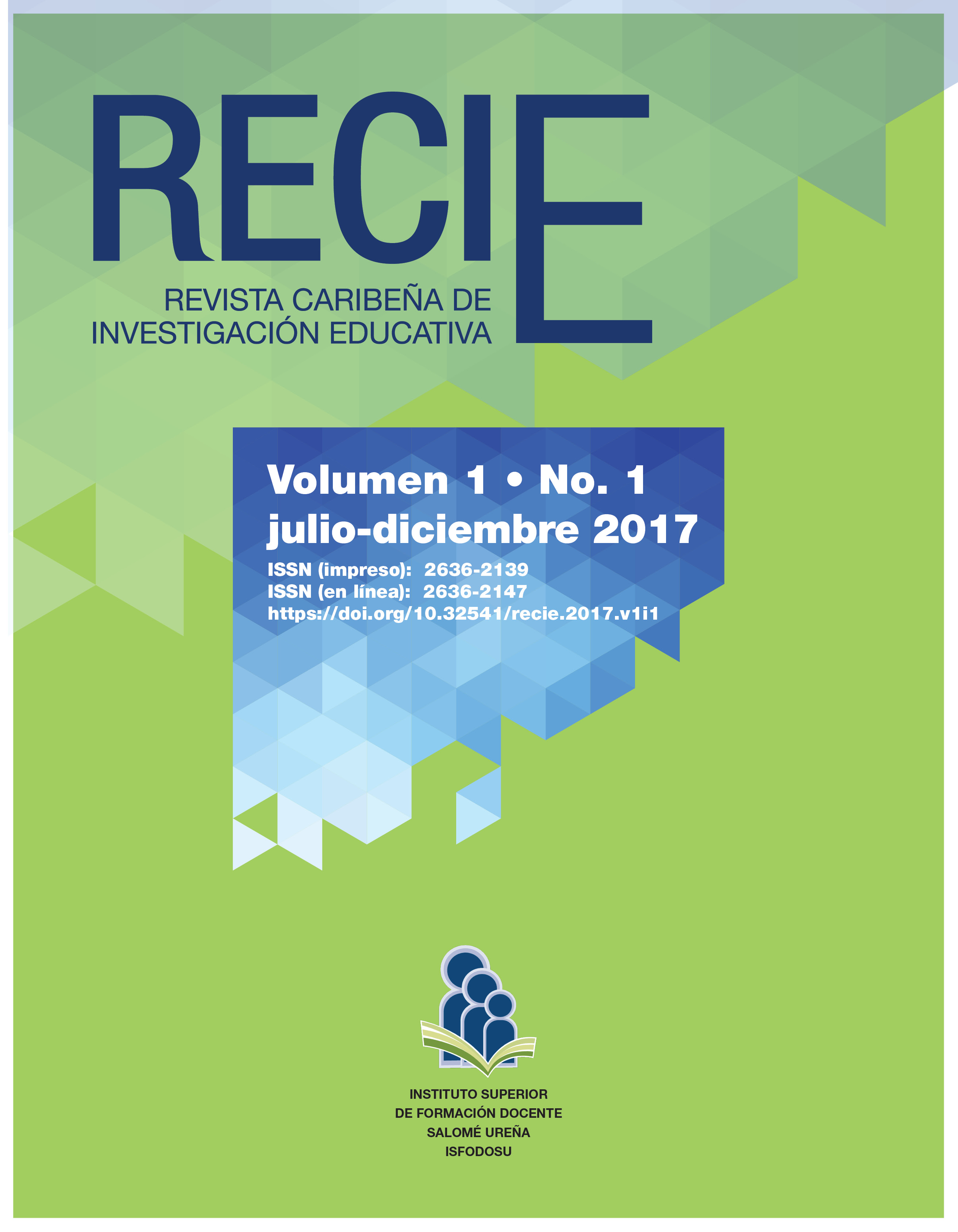Impact of a triple helix model in South University, University of Guadalajara
Authors
Detalles
Published
Abstract
At University of the South Central (CUSur) of the University of Guadalajara, located in Ciudad Guzmán (Jalisco, Mexico), has, since the year 2011, a project has developed of Triple Helix in which have been linked to the University, local government and the business sector of the Southern Region. Evaluation of the results and the process of the implementation of this project is one of the keys to obtain information, which can serve for decision-making and design strategies that allows the optimization of the performance of the triple helix. The evaluation has focused on various indicators as creation of enterprises and jobs, provided training, advice to entrepreneurs, people who have participated in the activities, etc. The tools used, the data obtained and their interpretation exceeds the limits of what is a research paper. Therefore, we’re going to focus on one of the least studied aspects, on the experiences of Triple Helix, which is the impact of the model on organisational change, in our case, the University Center of South, with the creation of new organizational structures for research.
Keywords
How to Cite
Downloads
Metrics
References
Arocena, A, & J. Sutz. (2001). La Universidad Latinoamericana del futuro. Tendencias, Escenarios, Alternativas. México: UDUAL.
Chang, H. G. (2010). El modelo de la triple hélice como un medio para la vinculación entre la universidad y la empresa. Revista Nacional de Administración, 1(1), 85-94. Recuperado de https://bit.ly/2kNfVCO
D’ Este A., Castro E. & Molas-Gallart J. (2009). Manual de Indicadores de Vinculación de la universidad con el entorno socioeconómico. Buenos Aires: OCTS. Recuperado de https://bit. ly/2Lk99Q8
Domingo, J. (2013). Un marco crítico de apoyo para ubicar y redireccionar experiencias innovadoras en educación: comprensión y transformación. Tendencias pedagógicas, 21, 9-28. Recuperado de https://bit.ly/2Lm9YYP
Estebánez, M. E. (2002). Impacto social de la ciencia y la tecnología: estrategia para su análisis, incluido en El Estado de la Ciencia. Principales Indicadores de Ciencia y Tecnología Iberoamericanos/ Interamericanos. Recuperado de https://bit.ly/2LUS7ZK
Etzkowitz, H. (1998). The norms of entrepreneurial science: cognitive effects of the new university–industry linkages. Research policy, 27(8), 823-833. Recuperado de https://bit.ly/2HiDhbY
Etzkowitz, H. & Zhou, C. (2006). Triple Helix twins: innovation and sustainability. Science and Public Policy, 33 (1), 77-83. Recuperado de https://bit.ly/2JccAaT
Freeman, C. & Soete, L. (2009). Developing science, technology and innovation indicators: What we can learn from the past. Research Policy, 38(4), 583-589. Recuperado de https://bit.ly/2LUfL95
González de la Fe, T. (2009). El modelo de triple hélice de relaciones universidad, industria y gobierno: un análisis crítico. ARBOR Ciencia, Pensamiento y Cultura, 738, 739-755 Recuperado de https://bit.ly/2MfXQND
Hurtado de Barrera, J. (2000). Metodología de investigación holística. Caracas: Editorial SYPAL.
Luukkonen, T. (2002). Research evaluation in Europe: state of the art. Research Evaluation, 11(2), 81–84.
Molas-Gallart, J., Tang, P., & Morrow, S. (2000). Assessing the non-academic impact of grant-funded socioeconomic research: results from a pilot study. Research Evaluation, 9(3), 171-182.
OCDE (2005). The Measurement of Scientific and Technological Activities. Proposed Guidelines for Collecting and Interpreting Technological Innovation Data. París: OECD. Recuperado de https://bit.ly/2EfVs4D
Rifkim, J. (2015). La sociedad del costo marginal cero. El Internet de las cosas, el procomún colaborativo y el eclipse del capitalismo. México: Paidós.
Ríos, J. M. & Gómez, E. R. (2011). Innovación en un mundo globalizado: dos casos. En Hernández, R.; Padilla, S. y Arancibia, M. (coords.), Educación Superior, Innovación e Internacionalización. Ensayos, proyectos y experiencias (pp. 203-240). Guadalajara: Universidad de Guadalajara y Universidad Austral de Chile.
Viale, R. & Campodall’Orto, S. (April, 2000). Neocorporations or Evolutionary Triple Helix? Suggestions Coming from European Regions, in the Third Triple Helix Conference, Rio de Janeiro.
